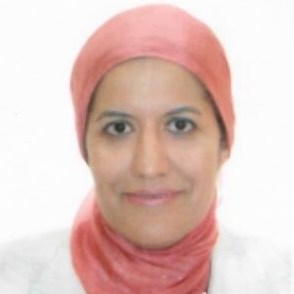
Amal Elsayed Aboutabl
Work place: Computer Science Department, Faculty of Computers and Information, Helwan University, Egypt
E-mail: amal.aboutabl@fci.helwan.edu.eg
Website:
Research Interests: Natural Language Processing, Computer systems and computational processes, Software Engineering, Computational Engineering
Biography
Amal Elsayed Aboutabl is currently an Associate Professor at the Computer Science Department, Faculty of Computers and Information, Helwan University, Cairo, Egypt. She received her B.Sc. in Computer Science from the American University in Cairo and both of her M.Sc. and Ph.D. in Computer Science from Cairo University. She worked for IBM and ICL in Egypt for seven years. She was also a Fulbright Scholar at the Department of Computer Science, University of Virginia, USA. Her current research interests include software engineering and natural language processing.
Author Articles
Automating Text Simplification Using Pictographs for People with Language Deficits
By Mai Farag Imam Amal Elsayed Aboutabl Ensaf H. Mohamed
DOI: https://doi.org/10.5815/ijitcs.2019.07.04, Pub. Date: 8 Jul. 2019
Automating text simplification is a challenging research area due to the compound structures present in natural languages. Social involvement of people with language deficits can be enhanced by providing them with means to communicate with the outside world, for instance using the internet independently. Using pictographs instead of text is one of such means. This paper presents a system which performs text simplification by translating text into pictographs. The proposed system consists of a set of phases. First, a simple summarization technique is used to decrease the number of sentences before converting them to pictures. Then, text preprocessing is performed including processes such as tokenization and lemmatization. The resulting text goes through a spelling checker followed by a word sense disambiguation algorithm to find words which are most suitable to the context in order to increase the accuracy of the result. Clearly, using WSD improves the results. Furthermore, when support vector machine is used for WSD, the system yields the best results. Finally, the text is translated into a list of images. For testing and evaluation purposes, a test corpus of 37 Basic English sentences has been manually constructed. Experiments are conducted by presenting the list of generated images to ten normal children who are asked to reproduce the input sentences based on the pictographs. The reproduced sentences are evaluated using precision, recall, and F-Score. Results show that the proposed system enhances pictograph understanding and succeeds to convert text to pictograph with precision, recall and F-score of over 90% when SVM is used for word sense disambiguation, also all these techniques are not combined together before which increases the accuracy of the system over all other studies.
[...] Read more.Other Articles
Subscribe to receive issue release notifications and newsletters from MECS Press journals